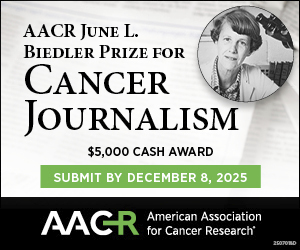By Christine Hoekenga
In the world of 24-hour deadlines, it’s a rare luxury to talk candidly with colleagues about the ethical dilemmas science writers regularly face. The Saturday afternoon session “Covering Scientific Controversies” offered just that: space to probe the gray areas that arise when we tackle divisive issues.
Moderator Christie Aschwanden assembled and pre-interviewed a panel of distinguished journalists who have covered controversies from the Fukushima nuclear meltdown to studies suggesting that sugar is toxic. Each shared remarkable stories about handling data, sources, conflicts of interest, and public reactions to their writing.
“I was sitting in a cubicle in Washington trying to figure out what was happening at a nuclear power plant that was discombobulating half way around the world,” recalled Washington Post science reporter Brian Vastag. “From the beginning, it felt like no news organization was getting good information out of Japan.”
To make sense of limited data and competing reports, Vastag and colleagues assembled a stable of retired nuclear engineers who had no stake in the controversy. They helped answer fundamental questions the Japanese government wasn’t addressing — like what it meant that radioactive isotopes were found outside the factory.
Jeanne Lenzer, a veteran investigative medical reporter, emphasized the importance of looking critically at peer-reviewed studies and cultivating trusted sources ahead of time. “When science news breaks, you really have to know a lot about epidemiology, a lot about reporting, and have your sources ready,” she said.
Figuring out who to trust is no small matter. “The medical-industrial complex has so inserted itself into medical studies, that you really can’t trust what you read,” Lenzer lamented. She advised reporters to ask potential sources about conflicts of interest and to independently look into their funding sources. She recommended Health News Review as a resource, especially the list of independent experts.Jennifer Kahn, a feature writer and lecturer at UC Berkeley, relived the process of reporting a New Yorker story about the controversial death of James Zadroga, a 9/11 first responder. Gaining access to Zadroga’s family was a delicate matter. “In a situation like this, someone’s going to go down, which story-wise is a lovely thing, but personally is awful,” she said.
Kahn kept quite about her eventual conclusion — that drugs killed Zadroga — until shortly before the story ran. “I never presented myself as friend to the family, but nonetheless they spent hours opening up and reminiscing about their son, and up to the very end I couldn’t show my hand,” she said.
[image: 2, right, large]While many journalists resist drawing or sharing conclusions until the end of the process — if at all — Gary Taubes, an independent investigator in health policy research at UC Berkeley, is known for taking a point of view at the outset. “I don’t see how you can cover a story — not write it up for an overnight deadline, but really investigate it — and not come to a conclusion,” he said. “I’ve had people who wouldn’t talk to me because I wouldn’t deceive them about my preconceptions going in.”
While the panelists argued over many finer ethical points, they agreed that covering scientific controversies requires writers to keep their internal “B.S. detectors” running at all times, seek advice from trustworthy sources, and thoroughly weigh the ethical issues of the situation before going to press.


